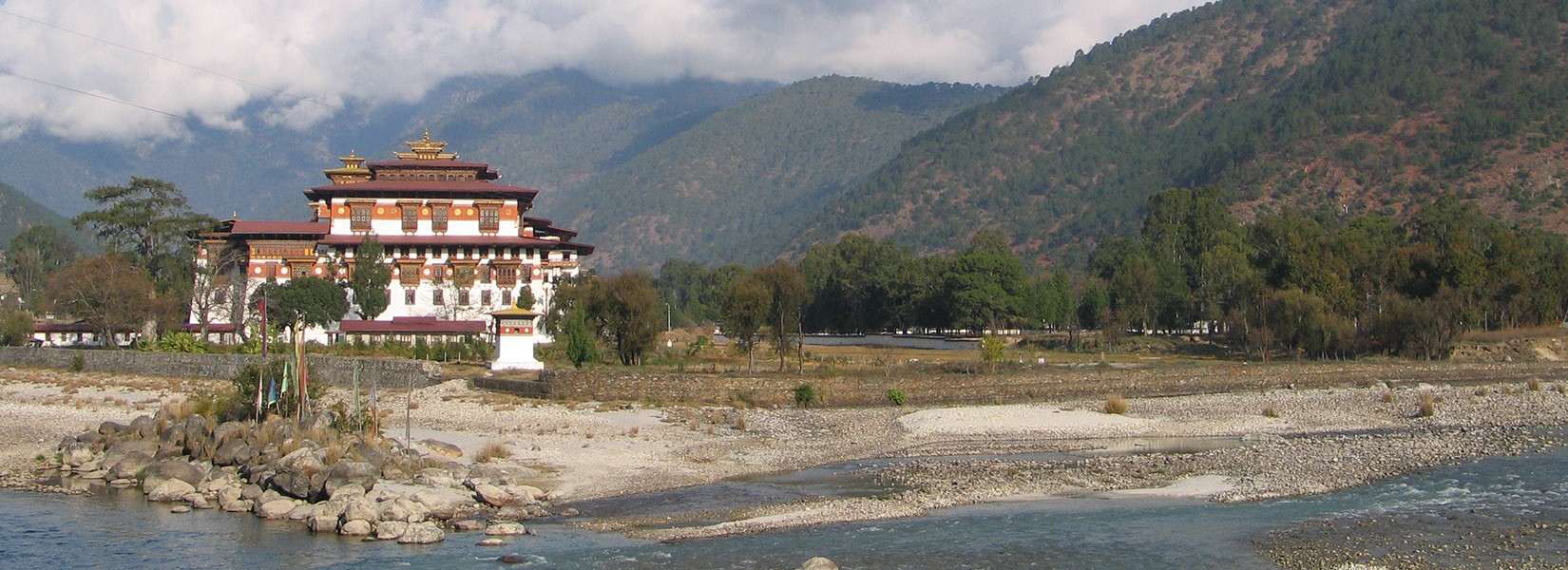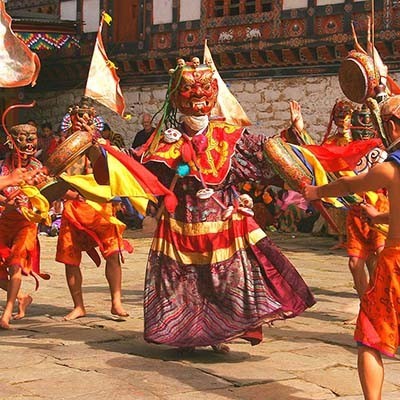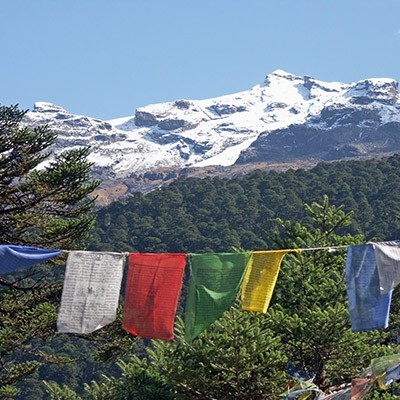Bhutan, often called the “Land of the Thunder Dragon,” is a mystical Himalayan kingdom known for its unspoiled natural beauty, deep spirituality, and unique cultural identity. Sandwiched between India and Tibet, Bhutan has long remained one of the world’s most exclusive travel destinations. Its strict tourism policy of “High Value, Low Impact” ensures that visitors experience an authentic journey while preserving the country’s environment and traditions.
Home to soaring Himalayan peaks, ancient monasteries, colorful festivals, and warm-hearted people, Bhutan offers a rare opportunity to step back in time. Whether you’re trekking through pristine mountain valleys, meditating in cliffside temples, or joining locals in lively mask dances during Tshechu festivals, Bhutan captivates with its authenticity and sense of harmony.
Geography and Landscape
Bhutan is a small country — about 38,394 square kilometers — yet its landscapes are remarkably diverse.
Southern Foothills:
Subtropical forests and fertile valleys near the Indian border.
Known for rice paddies, orange orchards, and lush greenery.
Central Valleys:
Picturesque valleys such as Paro, Thimphu, Punakha, and Bumthang.
Heart of Bhutanese culture, dotted with dzongs (fortresses), monasteries, and farmlands.
Northern High Himalaya:
Towering snow-capped peaks, including Gangkhar Puensum (7,570 m / 24,836 ft), the highest unclimbed mountain in the world.
Remote trekking regions with alpine meadows, yak pastures, and glacial rivers.
Bhutan’s commitment to environmental conservation is unmatched — it is the only carbon-negative country in the world, with over 70% forest cover and vast protected national parks.
Culture and People
Bhutanese culture is deeply rooted in Buddhism, which influences daily life, art, architecture, and festivals. The people of Bhutan are known for their humility, kindness, and strong community values.
The country’s development philosophy, Gross National Happiness (GNH), prioritizes well-being and cultural preservation over material wealth. This approach has made Bhutan famous worldwide as a nation that measures success by happiness, not GDP.
Traditional attire — the Gho for men and Kira for women — is still worn daily, especially in official and religious gatherings. Monasteries perched on cliffs, such as the Taktsang Monastery (Tiger’s Nest) in Paro, embody Bhutan’s spiritual aura and architectural brilliance.
Festivals, or Tshechus, are a highlight of Bhutanese culture. These vibrant events feature masked dances, rituals, and blessings, bringing communities together in celebration and devotion.
Trekking in Bhutan
Bhutan is a paradise for trekkers seeking wilderness and cultural immersion away from crowds. Treks here are less commercialized than in Nepal, offering a sense of remoteness and tranquility.
Popular Treks in Bhutan:
Druk Path Trek:
A short but scenic trek linking Paro and Thimphu. Ideal for first-time trekkers, with views of snow-capped peaks and overnight stays at high-altitude lakes.Jomolhari Trek:
A classic trek offering views of Mount Jomolhari (7,326 m / 24,035 ft), remote valleys, and encounters with nomadic yak herders.Snowman Trek:
Considered one of the most challenging treks in the world, spanning 25+ days through high passes, remote villages, and rugged Himalayan terrain.Bumthang Cultural Trek:
A moderate trek through Bhutan’s cultural heartland, combining village walks, monasteries, and scenic valleys.
Trekking in Bhutan is supported by horses and staff, ensuring comfort while maintaining eco-friendly practices.
Adventure Activities Beyond Trekking
Bhutan offers a wide range of adventure experiences:
Cultural Tours: Visit dzongs, monasteries, and vibrant towns like Paro and Thimphu.
Cycling & Mountain Biking: Ride through valleys and challenging mountain passes.
White-water Rafting & Kayaking: Rivers like Pho Chhu and Mo Chhu offer exciting rapids.
Bird Watching & Wildlife Tours: Bhutan is home to rare species like the black-necked crane, takin (national animal), and snow leopard.
Spiritual Retreats: Meditation sessions and wellness tours in monasteries and retreat centers.
Best Time to Visit Bhutan
The best times to visit Bhutan are during spring (March–May) and autumn (September–November).
Spring (March–May): Valleys bloom with rhododendrons, and skies are clear for trekking.
Autumn (September–November): Crisp air, clear mountain views, and major festivals like Thimphu Tshechu.
Winter (December–February): Ideal for cultural tours and lower valley treks; cold but serene.
Summer/Monsoon (June–August): Lush greenery and fewer tourists; trekking may be limited by rain.
Why Visit Bhutan?
Pristine Nature: Unspoiled landscapes with sustainable tourism practices.
Spiritual Experience: Ancient monasteries, Buddhist teachings, and meditation retreats.
Unique Festivals: Colorful Tshechus with masked dances and cultural performances.
Adventure Treks: From moderate cultural hikes to extreme high-altitude expeditions.
Gross National Happiness: A nation guided by well-being, harmony, and sustainability.
Practical Information for Travelers
Visa: All visitors (except from India, Bangladesh, and Maldives) need a visa arranged through a licensed Bhutanese tour operator.
Tourism Policy: Bhutan follows the “High Value, Low Impact” approach, requiring travelers to book trips through registered agencies with a daily Sustainable Development Fee (SDF).
Currency: Ngultrum (BTN), pegged to the Indian Rupee.
Language: Dzongkha is the national language, but English is widely spoken.
Connectivity: WiFi is available in towns; remote trekking regions have limited access.
Health & Safety: Bhutan is safe for travelers; travel insurance is strongly recommended.
Conclusion
Bhutan is not just a travel destination; it is an experience of serenity, spirituality, and sustainability. From the cliffside Tiger’s Nest Monastery to the high passes of the Snowman Trek, Bhutan offers unforgettable journeys filled with breathtaking landscapes and cultural depth. Its people, guided by the values of Gross National Happiness, welcome you to explore their land with respect and mindfulness.
For trekkers, adventurers, and cultural explorers, Bhutan promises a rare journey where nature, spirituality, and culture remain in perfect harmony.


